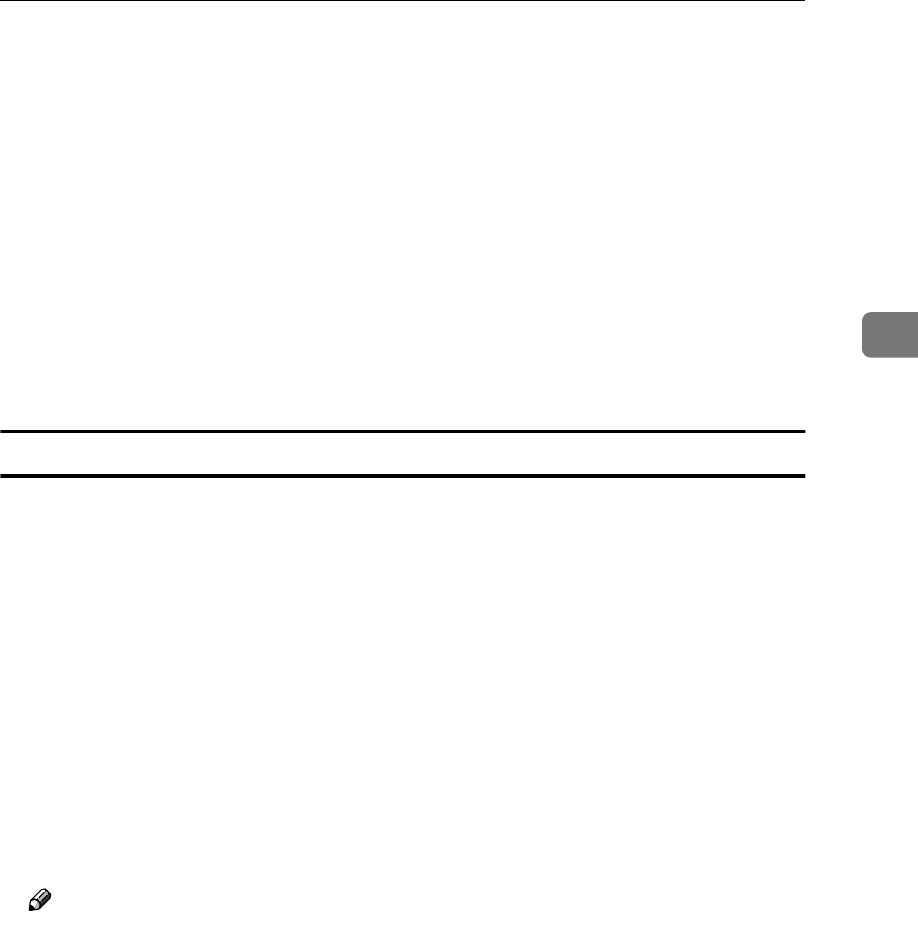
Paper and Other Media Supported by This Printer
35
3
• Load the envelopes with the flaps aligned to the left side fence. The flaps
should be securely folded up.
• Confirm that there is no air in the envelopes before loading.
• To get better print quality, it is recommended that you set the right, left,
top, and bottom print margin, to at least 15 mm (0.6 inches) each.
• Do not print on both sides of envelopes.
• Load only one size and type of envelopes at the same time.
• Before loading envelopes, flatten the leading edges (the side being fed into
the printer) of them by running a pencil or ruler across them.
• Before loading envelopes, confirm that they are rectangular in shape.
• Do not use the non-supported envelopes listed on p.29 “Paper weight and
number of sheets to be set”.
Paper not supported by this printer
Avoid using the following types of paper that are not supported by this printer:
• Paper whose weight is heavier or lighter than the limitation. See p.25 “Paper
Types and Sizes”.
• Bent, folded or creased paper
• Curled or twisted paper
• Torn paper
• Wrinkled paper
• Damp paper
• Paper stuck together
• Paper that is dry enough to emit static electricity
• Paper that has already been printed on, with the exception of preprinted let-
terhead
Note
❒ Ink on paper from an earlier print job, another copier, an inkjet printer or
other device could damage the fusing unit of this printer due to a differ-
ence in fusing temperatures.
• Coated paper
• Special paper like thermal paper, aluminum foil, carbon paper and conduc-
tive paper
• Heavily textured paper
• Glued paper
• Label paper on which glue or base paper is exposed
• Paper with clips or stapled
• Paper with tape or ribbons attached
• Envelopes in the following conditions:


















